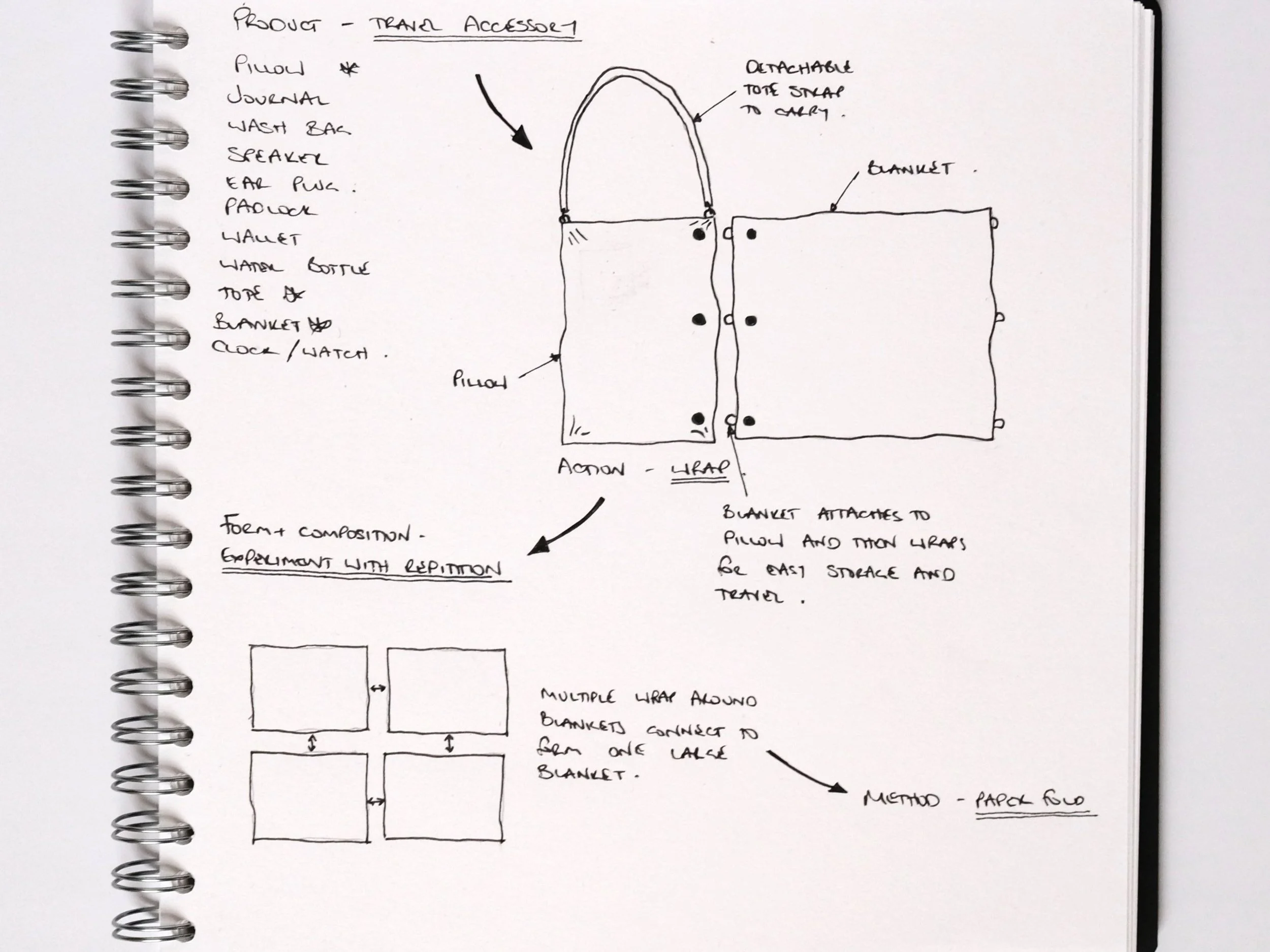Creative Catalyst
A game that fosters spontaneity and creativity during the design process
CREATED BY
Studio Brière
ROLE
Product Designer
Concept Development | User Research | Graphic Design | Prototyping | Usability Testing | Workshop Facilitation | Instructional Design
Photography by Julia Brière
ABOUT
Get to know the what and why
Creative Catalyst is a game that imparts fundamental design principles and deconstructs the design process into distinct components. The game is structured in a manner that encourages spontaneity and facilitates the exploration of new perspectives, thus empowering participants to expand their practice in uncharted directions. Furthermore, by easing the anxiety commonly associated with the initial stages of design, Creative Catalyst empowers users to hone their skills, explore their creative impulses, construct prototypes, and iterate their ideas.
The underlying motivation for the development of Creative Catalyst was to democratize a toolkit for design and create a centralized curriculum in the form of an engaging activity that can be readily accessed by individuals from diverse backgrounds. The game serves as a valuable resource for aspiring designers and enthusiasts alike, providing them with a comprehensive toolkit and a shared framework for learning and growth.
THE CHALLANGE
How might we construct a comprehensive set of tools that permits creatives to interact with their work in unanticipated ways?
Who?
What?
Why?
How?
Designers, artists, and creatives.
A card game that engages the creative process.
To simplify complex design concepts, inspire creativity, and foster skill growth in users.
By guiding user research, conducting prototyping, and applying structured design principles.
THE CATEGORIES
Developing the structure
I deconstructed the design process into to streamline the creative process for users. The game is structured into two distinct sections, Design Concept and Frame A Context.
STEP 1
Design Concept helps players create prototypes based on how it may perform and trying different fabrication techniques.
STEP 2
Frame A Context aims to bring inspiration from external sources. These wild cards serve as a catalyst for creating iterations, enabling users to think outside the box and explore new avenues of design.
USER TESTING
How do people interact and create with the game?
The taxonomy of categories and subcategories underwent numerous iterations as additional players joined in. My goal was to cultivate a diverse pool of participants with various creative backgrounds to engage with the game. I observed their interactions and feedback, noting areas where they encountered confusion or obstacles. It was through these observations that I realized the need to refine and streamline the game's rules, structures and even the classification of categories. I invited feedback from players to better understand their preferences, potential applications and anticipated impact on their respective fields.
Product Designer
Student
REFLECTION
“I really enjoyed flipping the cards over and discovering what would be next. This helped me look at a plain form, like a box, and see what I could morph it into. That’s where the ‘Action’ really helped me. I wanted to explore other ways of flipping a box by adding more sides.
When I began playing, I knew I wanted to 3D print, so I did pick that one. First, I started to draw, then I moved into Rhino. This was a spontaneous way to explore prototyping. It was refreshing to make with some guidance on what to do and it helped me not overthink.”
Painter
Working professional
REFLECTION
“As a painter, playing a card game where I was challenged to use new materials and methods was an exciting and invigorating experience. Initially, I found it daunting to work with unfamiliar materials and techniques, but as I started to sketch, I began to appreciate the new creative avenues that it opened up for me.
I’ve worked in sculpture before, so I wasn’t so worried about working in 3D. However, I didn’t want the piece to be too symmetrical, so in my stubbornness, did I cheat?”
Architect
Working Professional
REFLECTION
“It was refreshing to make through play. I was able to explore new design approaches and get out of my typical thought patterns. I haven’t tried this category of product before, so it was a fun challenge to try something new and with some guidelines so designing the product wouldn’t be as intimating.
I could use this at work but keep the product card as building or experiment combining a product into a building or being inspired by a card that I choose in that category.”
Product Designer
Student
REFLECTION
“Playing the game reminded me of the importance of experimentation and playfulness in the process. By approaching the game with a curious mindset, I could try new creative potentials and discover new possibilities for my design practice.
Figuring out what the form will like is the most challenging part. There’s so many different ways and I want to be unique. This was a spontaneous way to work and helpful for the initial stages.”





































